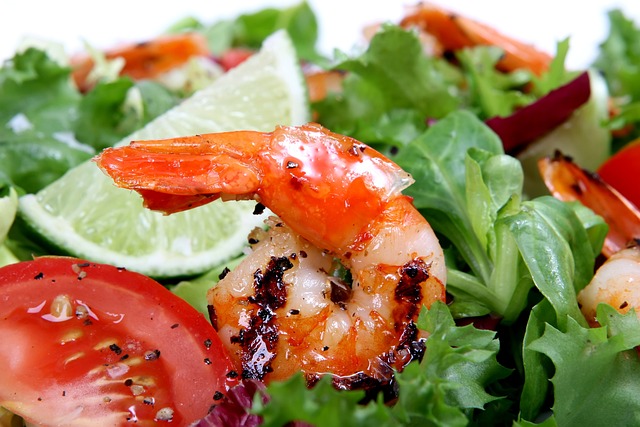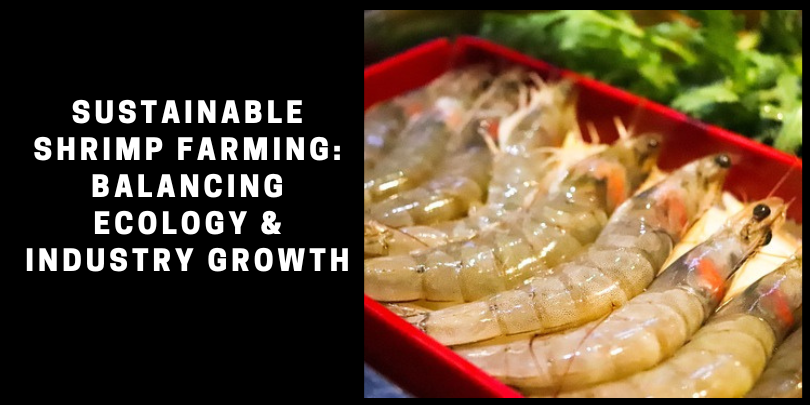Introduction
In response to soaring consumer demand for seafood, shrimp farming has seen meteoric growth, positioning itself as an indispensable sector within the global aquaculture landscape. However, this unprecedented expansion hasn’t been without its drawbacks; traditional shrimp farming methods often wreak havoc on natural ecosystems. The industry is, thankfully, pivoting towards more environmentally friendly approaches that prioritize sustainability and responsible resource management. In this article, we will delve into why sustainability is vital in shrimp farming and explore innovative methods that are making a difference.
The Imperative of Sustainable Practices
Conventional shrimp farming, commonly characterized by large-scale ponds, frequently employs the extensive use of antibiotics and various chemicals. Such practices have led to severe ecological consequences. For example, the clearing of mangroves to make way for shrimp ponds not only results in habitat loss but also disrupts intricate coastal ecosystems. Furthermore, the excessive application of pesticides and medications has caused water pollution and given rise to antibiotic-resistant bacteria. This dual threat endangers both aquatic species and human health.
Sustainable Solutions in Shrimp Farming
Integrated Multi-Trophic Aquaculture (IMTA)
Firstly, one innovative sustainable approach is Integrated Multi-Trophic Aquaculture (IMTA). This technique involves culturing multiple species in close proximity, effectively creating a self-sustaining environment. In the context of shrimp farming, this would mean raising shrimp alongside fish species that consume waste and leftover feed, thereby reducing water pollution. Beyond ecological benefits, IMTA also diversifies income streams for farmers and minimizes their dependency on external resources.

Closed-Loop Systems
Secondly, there’s the advent of closed-loop aquaculture systems. These cutting-edge systems are designed to recycle and treat water within the farm itself, thus minimizing external water exchange. By doing so, they mitigate the discharge of contaminated water, further safeguarding surrounding water bodies from potential disease spread.
Mangrove Restoration
Additionally, the value of mangrove forests as crucial habitats for a myriad of marine species, including shrimp, cannot be overstated. Recognizing this, some progressive shrimp farmers are actively participating in mangrove restoration initiatives. Through these efforts, they not only create a robust natural habitat but also enhance water quality and provide barriers against coastal erosion.
Standards and Certifications
Lastly, certification programs like the Aquaculture Stewardship Council (ASC) and the Global Aquaculture Alliance’s Best Aquaculture Practices (BAP) play an invaluable role in fostering sustainable shrimp farming. By adhering to these standards, farmers not only validate their commitment to sustainability but also gain access to specialized markets that prioritize environmentally friendly products.
Conclusion
In summary, as the global appetite for shrimp continues to rise, it is imperative that the shrimp farming industry fully embraces sustainable practices. While the drawbacks of conventional methods are glaringly evident, the industry’s shift toward sustainability offers a glimmer of hope for an equitable future.
Ready to be part of the change? If you’re passionate about creating a sustainable future for both the shrimp farming industry and our planet, don’t wait. Visit ecolonomics.org today to join a community of forward-thinking farmers and experts committed to responsible aquaculture. Let’s make a difference together!
P.S.: –Become a part of this transformative journey by engaging with farmers committed to sustainability at EAT Community. Join the EAT Community for FREE!



